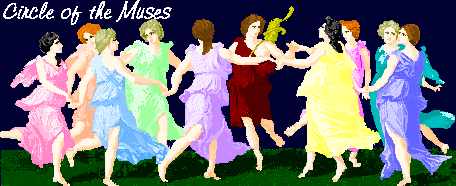Sherman Rosenfeld, PhD.
Abstract
Until recently, formal and informal science learning were considered as being quite different. Each approach was developed by different communities of practice which were relatively isolated from each other. Today, the divisions between these two approaches are blurred, largely due to the impact of information technologies but also due to educational research, which shows that both approaches are based on the same principles of learning. Today, there is a growing recognition that science learning can be advanced by bridging the gap between formal and informal science learning.
How might information technologies help bridge this gap?

